How and Why the US Dollar Becomes the Global Currency
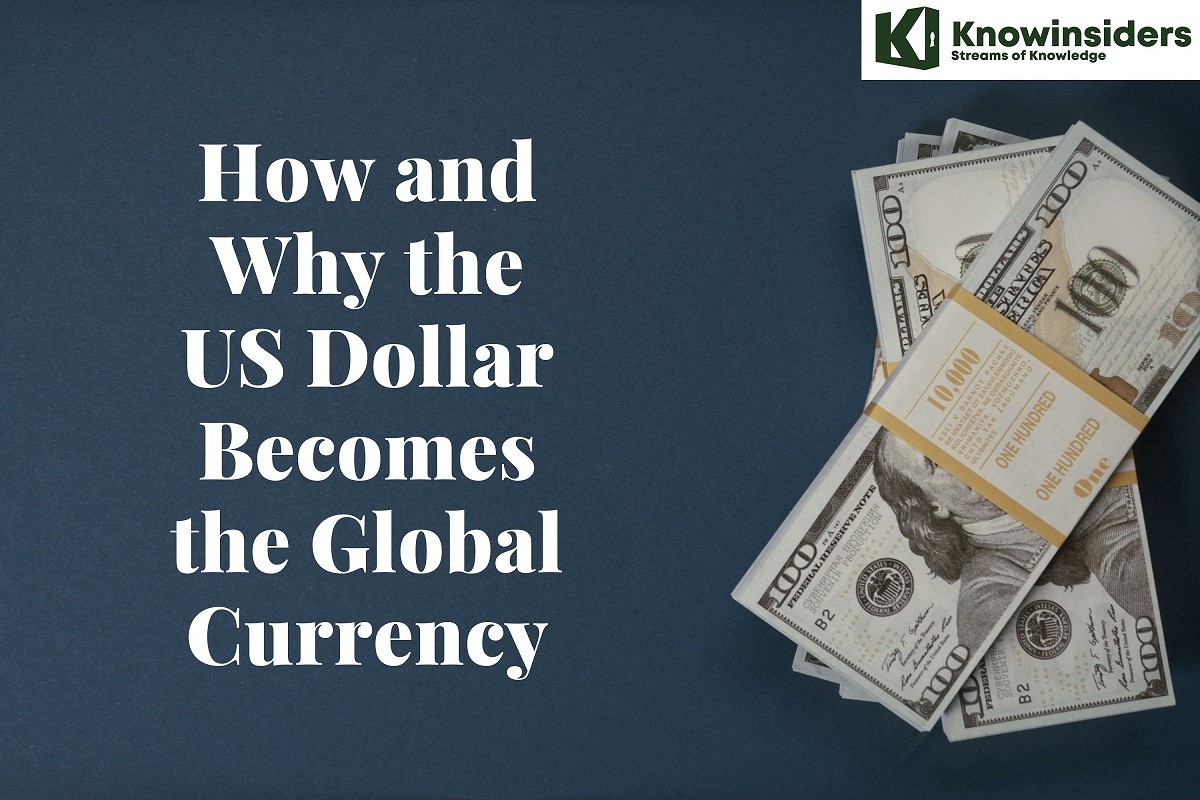 |
| How and Why the US Dollar Becomes the Global Currency |
| Table of Content |
Although there are no exact statistics, according to Nationsonline and Infoplease, about 22-27 countries use the dollar as currency. In, USD is the official currency used in many places, including East Timor, Ecuador, El Salvador, Federated States of Micronesia, Marshall Islands, Palau... In addition to USD, a number of high-value, popular dollars There are also Singapore dollars, Canadian dollars, Australian dollars...
USD has increased in value by more than 10% against other currencies since the beginning of the year. That means people have to spend fewer dollars in exchange for other currencies. For example, at the beginning of this year, it cost 1.13 USD for 1 euro, but now it only costs 1 USD.
History of the United States Dollar
The United States dollar coin was originally based on the worth and appearance of the eight-dollar coin or the Spanish dollar, commonly used in Spanish America between the 16th and 19th centuries. The United States Mint, established in 1792, issued the first dollar coins. The coins were similar in scale and composition to the Spanish dollar minted in Peru and Mexico.
The Spanish coins, the Mexican pesos, and U.S. coins were traded at the same time in the United States. After the Coinage Act of 1857, both the Spanish dollar and the Mexican peso were removed from circulation as legal currency in the U.S. The coinage of numerous British colonies was also circulated.
The first United States dollar notes were published as demand notes to fund the Civil War of 1861. The notes were known as greenbacks because of their green color. The legal tender, called the United States Notes, was first published in 1862, and a standardized system for printing the notes was first developed in 1869.
The U.S. dollar was first established as a currency of the world in the Bretton Woods Agreement of 1944, becoming the most dominant currency in the world afterward. It was originally traded as a coin valued by its weight in gold or silver and later traded as a paper note, which was redeemable in gold. In the 1970s, the gold standard was removed, and the value of USD was permitted to float.
The U.S. Constitution accords the U.S. Congress the right to borrow money in the United States. Congress exerted its authority by allowing the Federal Reserve banks to circulate paper notes. The notes are U.S. commitments and can be exchanged in legal money on demand from the U.S. Treasury Department, in Washington City, Columbia District, or from other Federal Reserve banks.
When Did the US Dollar Become the Global Reserve Currency?
The U.S. dollar became the official reserve currency of the world in 1944. The decision was made by a delegation from 44 Allied countries called the Bretton Woods Agreement.
How the U.S. Dollar Became the World's Reserve Currency
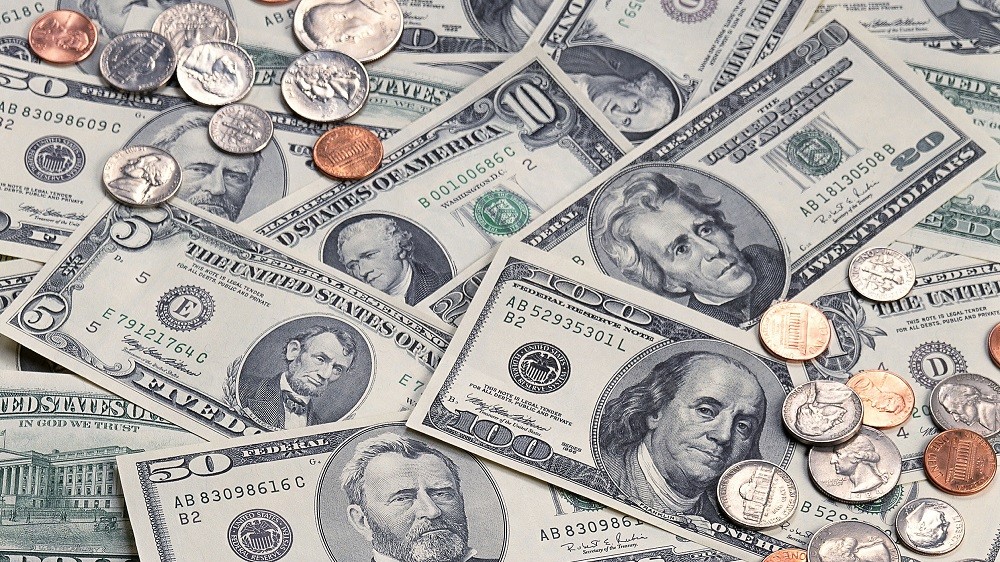 |
| Photo: cgtn |
The creation of Bretton Woods
Let’s start from the beginning. After World War II, 44 allied countries came to an agreement and created the Bretton Woods agreement in New Hampshire. The goal? To fix the rate of exchange for all foreign currencies to the US dollar, where the United States would redeem any dollar for its value in gold.
At the time, the United States was the only country largely unscathed by the war while the economies of other European countries had been severely battered. Since the US held most of the world’s gold supply and the gold-backed dollar was relatively stable, it was agreed that the US dollar would be the official reserve currency. Thus, allowing other countries to back their currencies with dollars rather than gold.
Unpegging the dollar to gold
While the United States enjoyed various benefits from being the world’s official currency, there is always the other side of the coin. The deficit spending that was used to finance the Vietnam War caused the United States to flooding the market with paper money, thus depreciating the value of the dollar. With the growing concerns over the stability of the dollar, foreign countries began to demand the US government convert their country’s dollar reserves into gold.
However, rather than allowing investors to deplete Fort Knox (United States Bullion Depository) of all its gold reserves, President Nixon made the final decision to sever the tie of the US dollar to gold. This led to the floating exchange rates (or fluctuating exchange rates) that exist today, where the currency price of a nation is set by the forex market based on supply and demand relative to other currencies, a free-for-all if you will. Of course, such drastic measures had led to dire consequences in the US such as stagflation, a terrifying combination of high inflation and high unemployment, and high oil prices. However, thanks to brilliant economists like Milton Friedman and Paul Volker who introduced various fiscal policies, they managed to overcome stagflation and allowed the US economy to recover.
Why the Dollar Is the Global Currency
The 1944 Bretton Woods agreement kickstarted the dollar into its current position. Before then, most countries were on the gold standard. Their governments promised to redeem their currencies for their value in gold upon demand. The world's developed countries met at Bretton Woods, New Hampshire, to peg the exchange rate for all currencies to the U.S. dollar. At that time, the United States held the largest gold reserves. This agreement allowed other countries to back their currencies with dollars rather than gold.9
By the early 1970s, countries began demanding gold for the dollars they held. They needed to combat inflation. Rather than allow Fort Knox to be depleted of all its reserves, President Nixon separated the dollar from gold.
The U.S. Dollar Today
The dollar remains the world's reserve currency today. Central banks hold around 59% of their reserves in U.S. dollars, according to the International Monetary Fund (IMF). Many of the reserves are in cash or U.S bonds, such as U.S. Treasuries. Dollar-denominated debt outside the U.S. continues to rise, with levels reaching $13.4 trillion as of mid-2022.
Most people would believe that this makes the dollar the strongest currency in the world. Despite its position in the global markets and how dependent they are on it, the dollar ranked as the 10th strongest currency, according to CMC Markets. The site ranked the Kuwaiti dinar as the strongest currency while the British pound and the euro earned the fifth and eighth spots respectively.
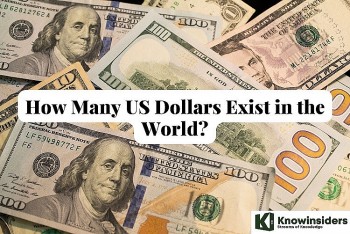 How Many US Dollars Exist in the World? How Many US Dollars Exist in the World? The dollar is the legal tender in the United States. This article list the value and volume of U.S. currency in circulation today. |
The Future of the US dollar
Although there were many speculations that the US dollar would be dethroned by the Chinese Yuan. The general consensus is that the US dollar would remain the world’s global currency post-Covid-19. The fundamental strength of the US economy is that it inspires trust among investors and traders with its transparency in the financial markets and the stability of its monetary policy, allowing the US economy to thrive. As a result, investors and traders are likely to invest in the US with data-driven decision-making. For these reasons, the US dollar remains the world’s most dominant currency, for now.
The story of how the US became the world’s global currency is an interesting one. How long do you think the Greenback will remain as the global reserve currency? We would love to hear your thoughts on it! And don’t forget to sign up with TranSwap to get a Global Account in the US as it not only minimizes your money transferring conundrums but it also allows you to save on conversion costs!
What led to the weakening of the euro?
Like the United States, countries in the euro area also have to deal with high inflation and fears of an economic recession. But the primary concern in Europe remains energy prices.
After conflict broke out between Russia and Ukraine, the US and its allies imposed a series of sanctions and restrictions on oil and natural gas from Moscow. That sent prices up, and Europeans were hit especially hard.
Although gasoline prices have fallen from record highs, and oil is back below $100 a barrel, there are concerns that the situation in Europe could turn for the worse. Much of the reason stems from the fact that Russia is the largest supplier of oil and gas to countries on the old continent.
This week, the Nord Stream 1 gas pipeline, which carries natural gas from Russia to Germany, was suspended for planned maintenance. This operation is supposed to be over in 10 days, but there are speculations that Gazprom may not be able to restore the flow of natural gas, or that the Russian gas giant may reduce production. export volume.
If Europe cannot stockpile gas in the summer, it will have to limit consumption in the winter, and that could lead to a widespread economic slowdown. Factories have to scale back production and lay off employees, and the likelihood of a recession will be even higher.
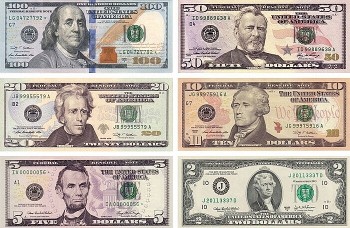 Who Are On American Money Of All Time Who Are On American Money Of All Time Who are on American money of all time? Most of faces appeared on American coins and bills are famous people. Can you name some of ... |
 How Much Money Is There In The World How Much Money Is There In The World How much money is in the world? The answer depends on what and how you count. Read on this article to know exactly how much ... |
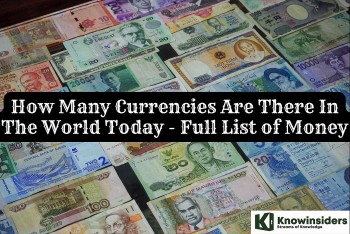 How Many Currencies Are There In The World Today - Full List of Money How Many Currencies Are There In The World Today - Full List of Money From Euro to the Dollar, from the Yen to the peso, here’s everything you need to know about the currencies of the world today. |
























